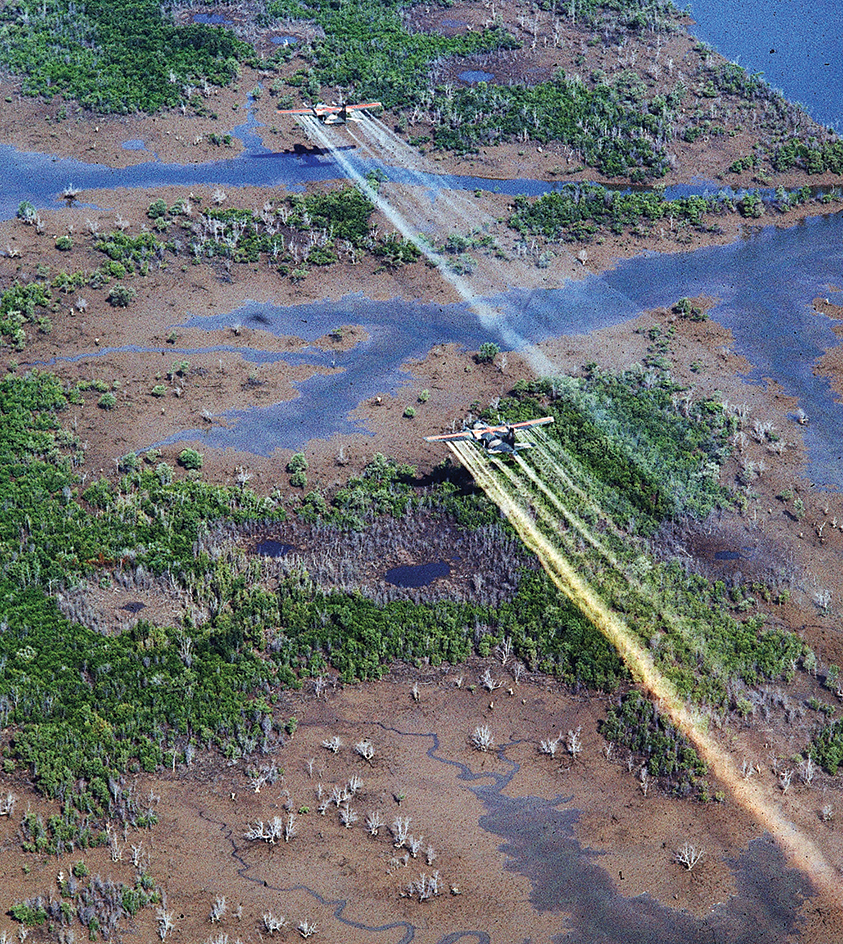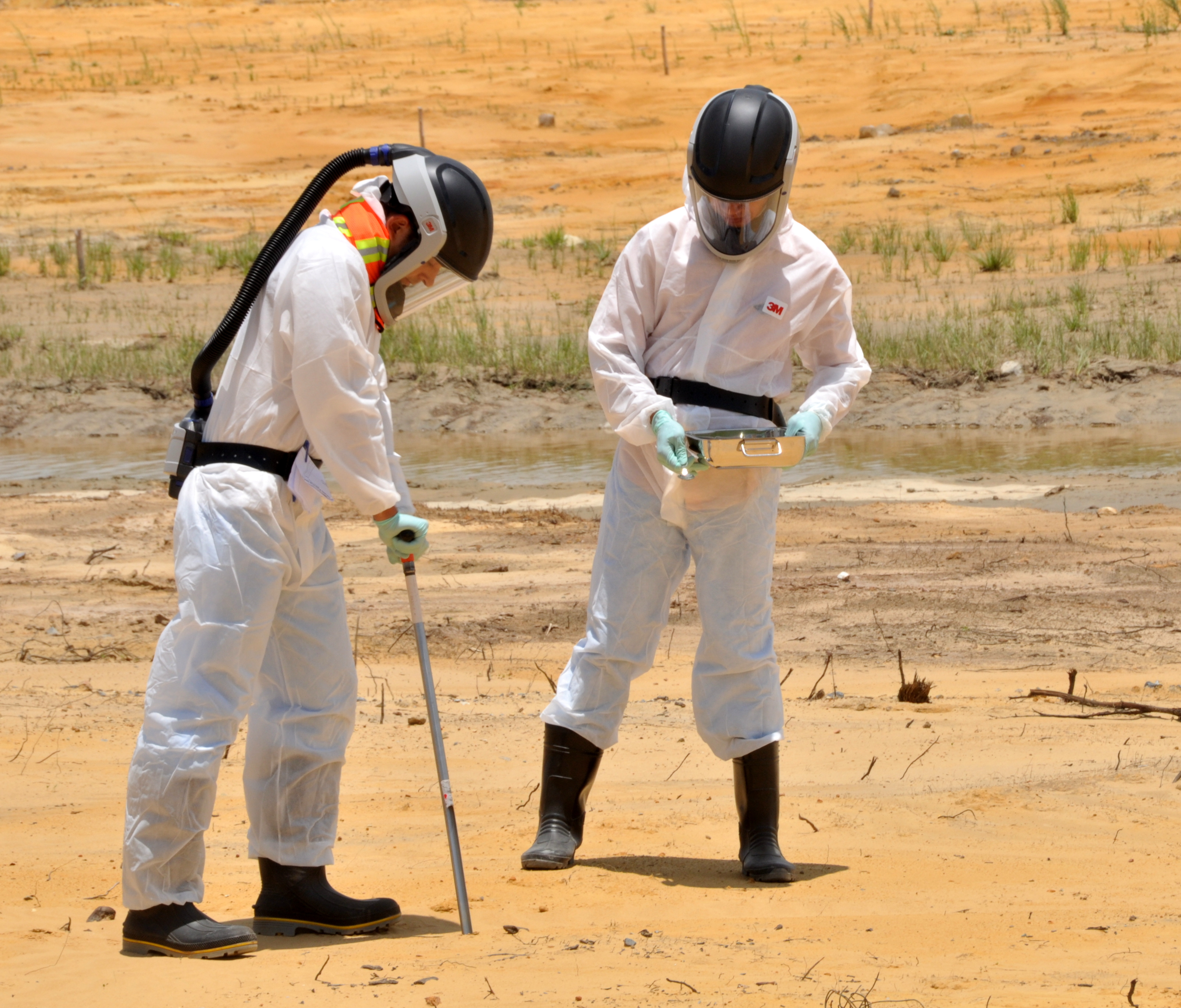Dioxin << dy OK suhn >> is any of 75 related chemicals, all of which consist of carbon, hydrogen, oxygen, and usually chlorine. However, the word dioxin is most commonly used to refer to only one of these chemicals, the compound 2, 3, 7, 8-tetrachlorodibenzo-p-dioxin (TCDD). Some scientists consider TCDD to be the most toxic synthetically produced chemical.

TCDD is a useless by-product of the manufacture of certain herbicides (plant killers) and several other industrial processes. Disposal of the chemical is difficult because it does not readily degrade (break down) in soil or water. It is known as a persistent organic pollutant (POP). One of the most effective methods of disposing of dioxin is burning it at high temperatures. Soil and water in parts of Canada, Europe, and the United States, however, have become contaminated with dioxin because of improper disposal of industrial wastes.
The health effects of TCDD are not completely understood. The chemical is extremely deadly to certain animals, but no human deaths have been directly linked to it. However, some people have developed such health problems as headaches, stomachaches, and a severe skin rash called chloracne as a result of exposure to dioxin. Some researchers also believe the chemical may cause birth defects and cancer.
TCDD was first identified as a contaminant in 1957. It was present in Agent Orange, an herbicide mixture used by U.S. armed forces in the 1960’s and early 1970’s, during the Vietnam War. Dioxin was not recognized as a major public health hazard until the mid-1970’s.
See also Agent Orange.

